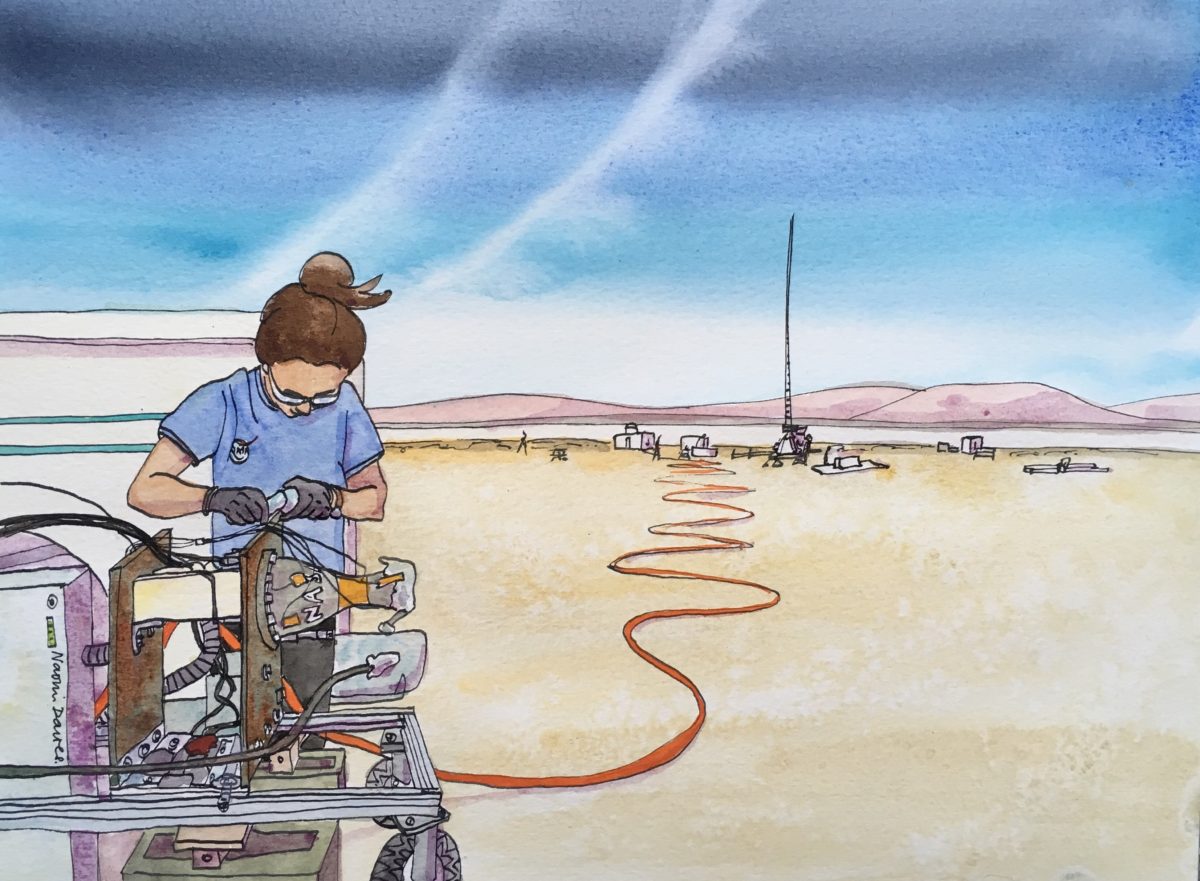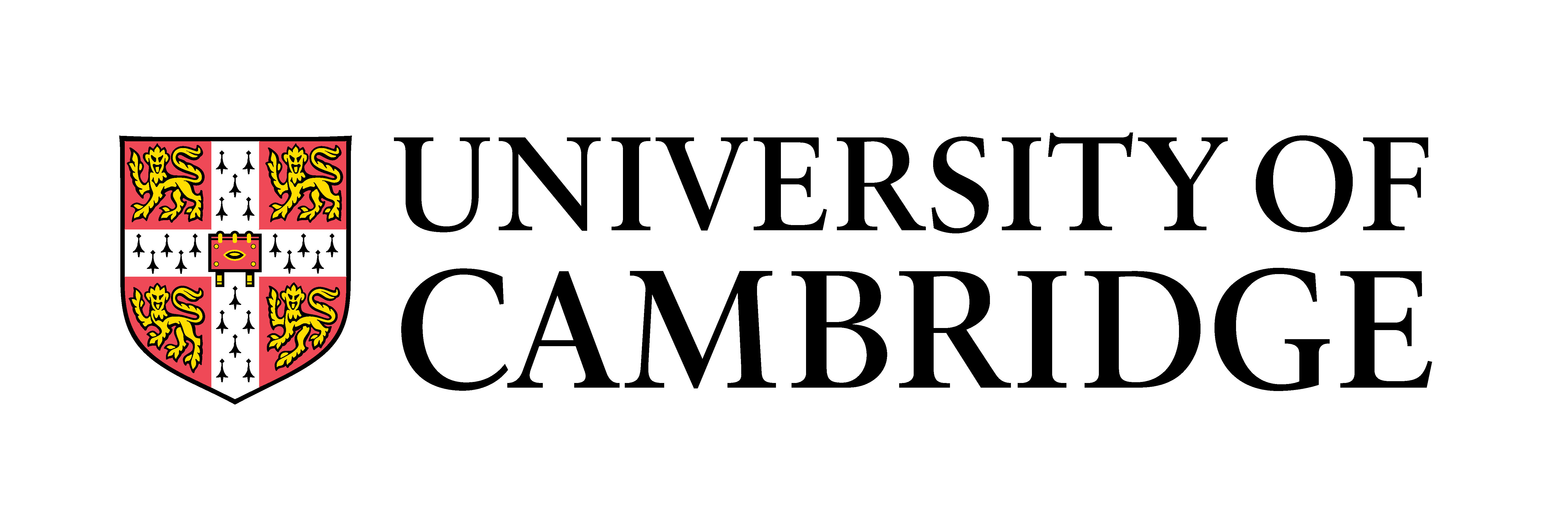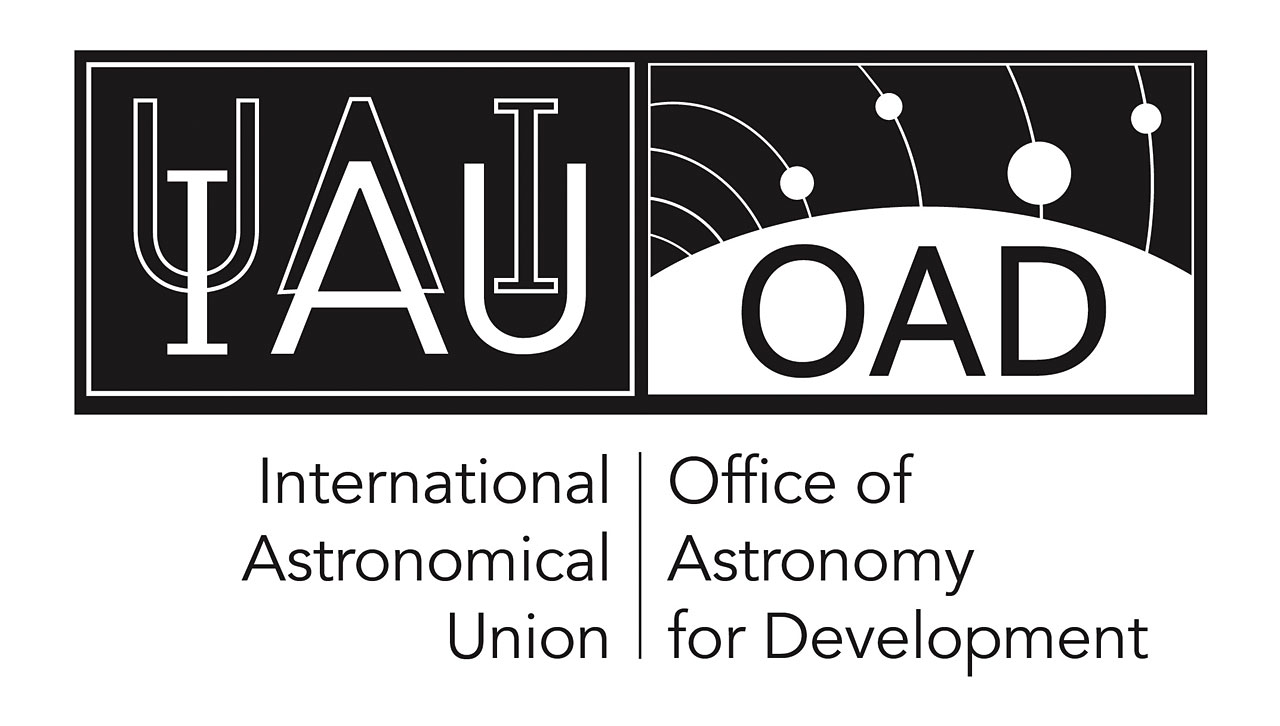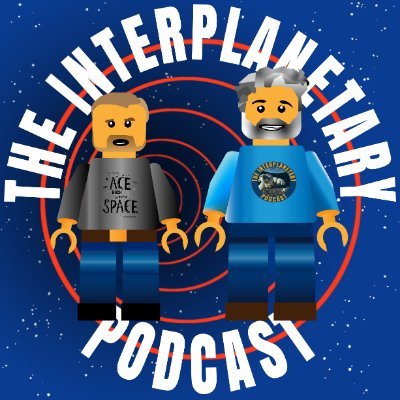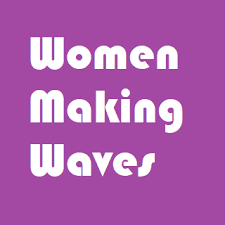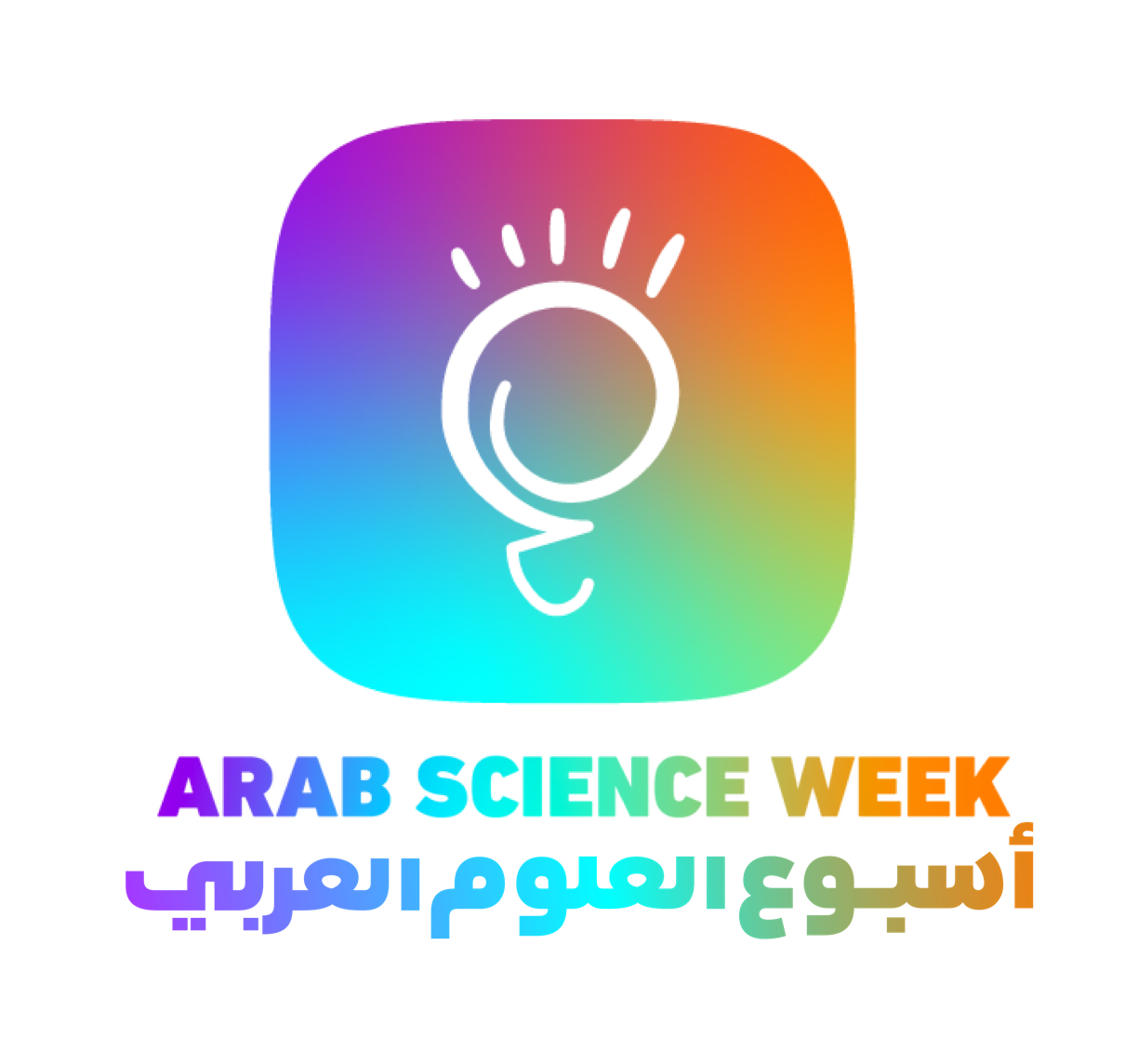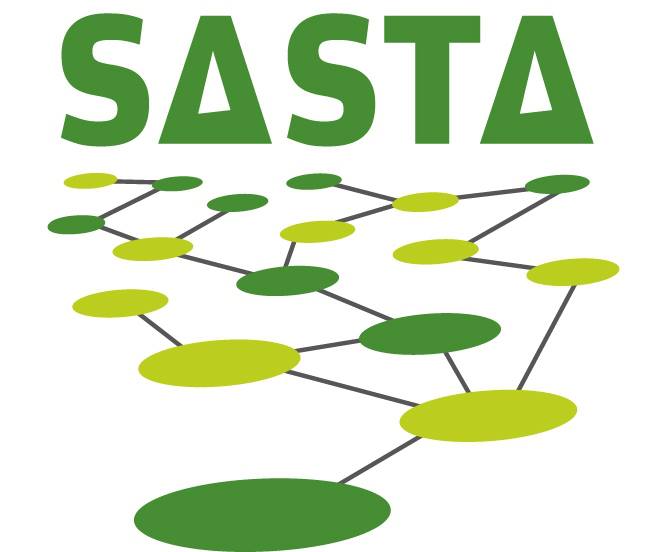Surrounded by thousands of stars, complete silence, and a cold breeze, I stood on top of the bunker in Mojave Desert at 2:00 am, awestruck by nature’s beauty steeped in darkness. As the team worked endlessly in preparation for the morning’s rocket launch, I was completely hypnotised by the isolation of the night. I then realised that I wanted to dedicate my life to understanding the mysteries of our Universe. “Come down here! It’s freezing!” my teammate yelled at me as I was looking through the telescope and taking pictures of the moon.
People live through different experiences that shape their perspective on the world. In 2003, the Iraq war started. It ravaged my country and killed hundreds of thousands of Iraqis. My family and I managed to survive, and we fled to the United States in 2008. The day I reached the safety of that foreign soil was unreal, yet pregnant with promise and potential. In the years that followed I was able to build my career as a rocket scientist through fire hoops of challenges and obstacles, including language and cultural barriers. I remember the journey so clearly and vividly, yet it always seems somehow unreal, like a figment of an overactive imagination, except that it wasn’t. It was my life journey.
One milestone in this journey was graduating from University of California, San Diego in 2017. I was then the lead of the Propulsion Team in The Students for the Exploration and Development of Space researching propulsion thrusters, which are devices that propel and accelerate spacecraft and artificial satellites. My research explored how we can manufacture its different components in non-traditional ways which are faster and cheaper. The faster we make parts, the faster and more cheaply we can go to space!
This research ultimately provides new design and performance opportunities and at the same time yields a highly durable piece of hardware. Through this role, my passion for space exploration was fulfilled with the daily challenges I faced. As our technological capabilities become more powerful, our understanding of the Universe grows but more and more questions constantly tease our inquisitive minds. Leading the Propulsion team, I had my own questions that sought to be answered.
One of those questions was to build the first ever CubeSat or miniaturised satellite to go into an orbit around the moon with a chemical propulsion system that is powered by a 3D printed thruster engine, which we called Callan. The purpose of this project was to design a fully operational, flight-ready propellant thruster which can help advance commercial space transportation and infrastructure. Callan served as the sole propulsion system onboard a cube satellite to be set on an orbit around the Moon. The work of my team was focused on the development and extensive testing of Callan to provide it as evidence that additively manufactured rocket engines can not only be utilised as a means to produce test engines, but also to produce flight-ready engines for operation in space.
We spent endless nights troubleshooting valves and sensors. Our days stretched long and humid in Purdue University in Indiana, as we analysed engine testing data. The hard steady work was punctuated by impromptu runs to Home Depot to buy last minute tools and materials. I cherished and embraced every minute of it. Callan was tested twice in Purdue University. Although it never flew to space, it was a highly elaborate project for college students to build an articulate catalyst bed inside the chamber of a small high-performance hydrogen peroxide engine.
Leading a team of young and talented engineers to complete such an arduous, high visibility project had been a lifelong dream of mine. I have always wanted to work on projects that can inspire the future of human space exploration to venture into the unknown, to discover new worlds, and to push the boundaries of scientific and technical limits.
This desire never waned. Today I work at with Virgin Orbit as a Propulsion Development Engineer. I’m working on the testing and development of LauncherOne, a 70-foot long rocket made of carbon-fibre which is an extremely strong and low weight material that ensures high fuel efficiency. The rocket’s launchpad is not a terrestrial patch but a 747 Virgin Orbit airplane, called Cosmic Girl at a soaring altitude of 35,000 feet. Cosmic Girl will carry LauncherOne up into the sky, then it will drop it from underneath its wing. LauncherOne then ignites and goes off into space putting satellites the size of washing machines into orbit around Earth.
Since fleeing the raging war in Iraq, I have come a long way but my past experiences still propel me forward. I now feel more strongly than ever that this expert knowledge at the tips of my fingers is not accessible to everyone. We lack Arab educators in this field for instance. I experienced this personally and answers were not always available to me as an Arab immigrant. This is why I developed a bilingual science communication platform called “The Arabian Stargazer”, to provide the younger generation in the Middle East with answers and resources on how they can be part of the STEM field successfully. I believe that talent is buried in the minds of those who are not motivated, and often hope or direction is all they need. This initiative has been getting high levels of engagement and resounding feedback which is a clear indicator that such efforts are lacking and urgently needed. I hope that my initiative can help bring back this healthy thirst and curiosity for science to the Middle Eastern world and contribute to a peaceful society.
Once LauncherOne takes flight, I will know that my work and my touches are in space. I will know that a part of me has participated in the efforts of humanity in space exploration.
Illustration showing Diana at work is by Cambridge-based artist Naomi Davies.

